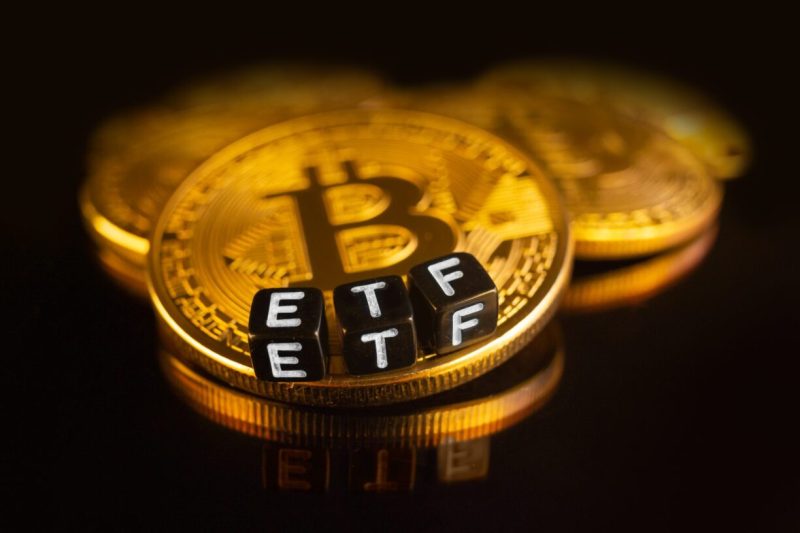Anatoly Yakovenko Explains The “Fundamental” Difference Between Solana And Ethereum

Anatoly Yakovenko, Solana’s co-founder, recently pointed to a deep divergence in how Solana and Ethereum see resource satiation and price discovery.
He explained that once a global resource becomes saturated on Solana, the current pricing mechanisms begin to be suboptimal. While Solana’s implementation of congestion is much more elegant than most cryptocurrencies, Yakovenko clarified that the hardware underneath still needs to scale to handle the new demand efficiently.
The discussion of Ethereum and Solana has kept individual investors salivating and institutions champing at the bit. While generally doing much better than its sister cryptocurrency Ethereum on many performance metrics, one very important question that begs for an answer is: Why hasn’t the institutional adoption of Solana taken center stage over Ethereum yet?
Solana’s Yakovenko Challenges Ethereum’s Scaling Model
Anatoly Yakovenko, one of Solana’s founders, recently outlined an essential difference in vision between Solana and Ethereum regarding resource saturation and price discovery.
Fundamental difference I think between solana’s vision and ethereum’s is that for solana when a global resource is saturated, price discovery isn’t good.
While it’s a graceful way to handle congestion, fundamentally the hardware needs to scale up to handle the new demand. If…
— toly (@aeyakovenko) October 18, 2024
He made the critical point that if some global resource on Solana becomes saturated, the current pricing mechanisms do not work as expected. In other words, while Solana may have a rather elegant way of dealing with congestion compared to many other cryptocurrencies, Anatoly Yakovenko said the hardware has got to scale to handle the new demand.
If demand cannot be satisfied by allowing validators to scale up their hardware capacities, the system will fail. He mentions that only local contention—issues that cannot be mitigated—should actually influence user fees. This point of view highlights Solana’s focus on scaling and efficiency regarding network congestion versus Ethereum’s approach.
With the increase in Solana price agrees Macro Researcher Axel Adler Jr. who recently said SOL could benefit from the overall positive market sentiment expected post-halving.
Recently, Orderly Network announced via social media its integration with Solana, marking a significant milestone as it becomes the first full-chain order book platform to support both Ethereum Virtual Machine (EVM) and non-EVM ecosystems. This integration allows users across different public chains to trade perpetual contracts using Orderly Network’s unified cross-chain shared order book, enhancing trading capabilities and accessibility.
The move is seen as a strategic effort to broaden the user base and liquidity options for traders in the Solana ecosystem.
Energy Consumption Key to Bitcoin vs. Ethereum Battle
Just recently, Anatoly Yakovenko drew everybody’s attention by comparing the discourse between Ethereum and Bitcoin. He put these two giants on the same scale, especially considering energy consumption and capital expenditure. In that discussion, he told everybody how Ethereum and Bitcoin resemble each other, yet their energy uses cause significant differences in the cost structure.
According to him, Bitcoin works on the Proof-of-Work model and, therefore, requires enormous energy because of the miners’ computational powers. By contrast, Ethereum moved to a Proof-of-Stake model, drastically reducing its energy consumption and thus essentially reducing capital expenditures.
In response to users’ questions about Ethereum’s potential to reach a higher market value than the leading cryptocurrency, Anatoly Yakovenko also said, “If it turns out that Ethereum is adopting more slowly than Bitcoin, then perhaps expected price growth could be unjustified.” Ethereum remains the largest decentralized smart contract platform. However, it has not seen the same real-world adoption or dramatic increase in price as Bitcoin, especially in recent times when macroeconomic conditions began to change.
Analysts are expecting SOL price to nearly 10x from the current level and hit the triple-digit territory and they say there are 3 reasons why SOL has overtaken ETH.
Contrary to expectations after the transition of Ethereum to PoS, the price performance was somewhat lagging compared with Bitcoin. This raised discussions within the community concerning further price developments and the competitive viability of Ethereum and Bitcoin. Such a discussion would underpin the nature of competition in the cryptocurrency space as regards sustainability and investment viability.
The post Anatoly Yakovenko Explains The “Fundamental” Difference Between Solana And Ethereum appeared first on CoinGape.




